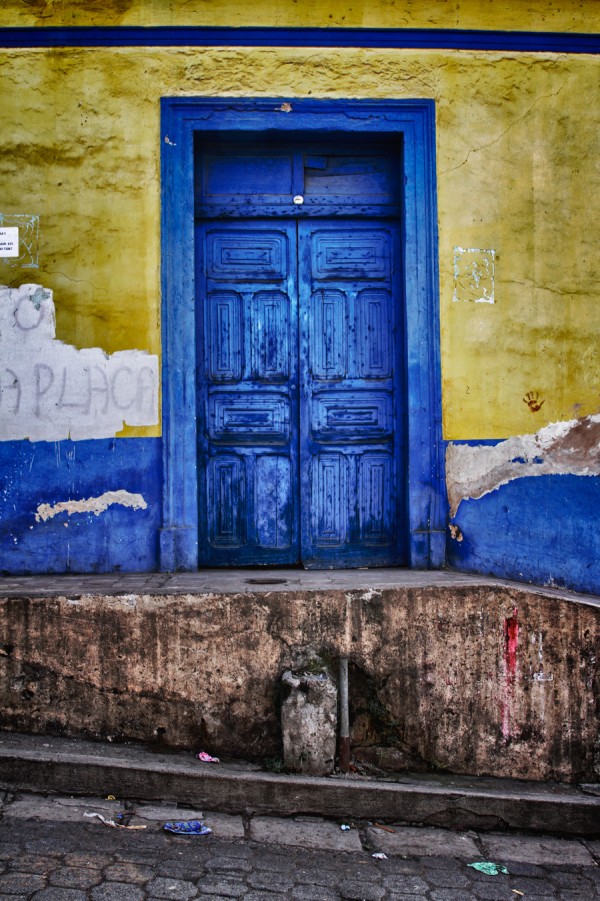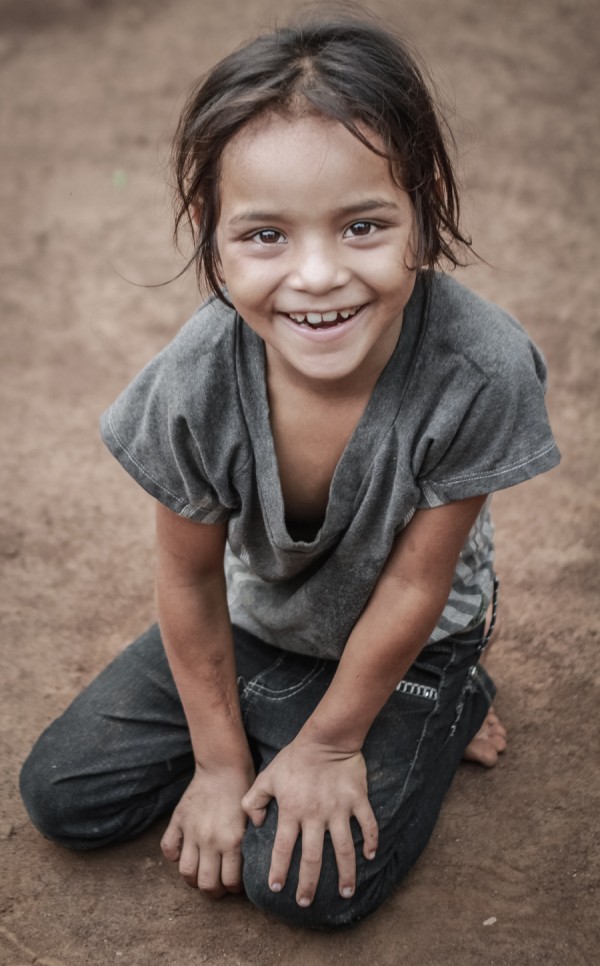Aperture can feel like a tricky beast at first. But once you have a sense of what it is — the idea of depth of field — it’s time to look at how to put these tools to use for your own vision with photography.
Even though f-stops number from f/1.4 to upwards of f/22, aperture can be divided into three major sections, each with its own distinct use. Which section and corresponding f-stop you choose becomes up to you, and your vision.



